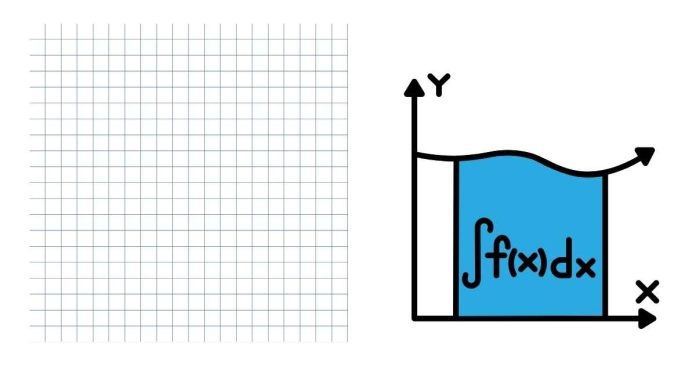In graph theory, a graph consists of vertices (nodes) connected by edges (links). Graphs can be classified into different types based on their structure and properties:
- Undirected Graphs: Edges have no direction.
- Directed Graphs (Digraphs): Edges have a specific direction.
- Weighted Graphs: Edges have weights or costs.
- Unweighted Graphs: Edges have no weights.
- Simple Graphs: No loops or multiple edges.
- Multi-Graphs: Can contain multiple edges between nodes.
- Cyclic Graphs: Contain at least one cycle.
- Acyclic Graphs: Contain no cycles.
- Complete Graphs: All nodes are directly connected.
- Bipartite Graphs: Nodes are divided into two disjoint sets, with edges connecting nodes in different sets.
- Tree Graphs: Acyclic, connected graphs.
These types are widely used in networks, pathfinding, and optimization.


